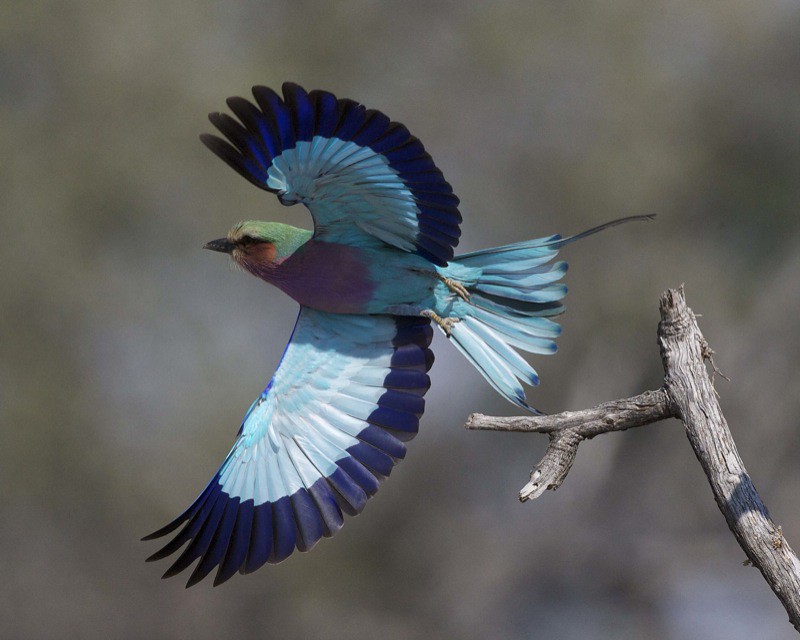
Britain's largest nature conservation charity Royal Society for the Protection of Birds (RSPB) has bestowed the prestigious Medal for Outstanding Contribution to Nature Conservation on Ram Jakati for saving India's vultures from certain extinction.In the 1990's India's vulture population was pushed to the brink of extinction due to the use of the veterinary drug, diclofenac, given to cattle but lethal to vultures feeding on their carcasses.Use of the drug was so widespread that India's vulture population dropped to just one per cent of what it had been before the use of diclofenac.Jakati, who was the Chief Wildlife Warden for the Forest Department in Haryana for many years, played a key role in not only getting the drug banned but also establishing a network of sanctuaries, breeding centres and urgent action needed to ensure that vultures did not go extinct before the ban could be implemented.His work began before the cause of the decline had been identified and his early intervention can be considered a major factor in protecting India's vultures.He subsequently helped to found SAVE (Saving Asia's Vultures from Extinction), an international partnership that to this day plays a coordination role in the conservation of South Asia's vultures.The Asian vulture conservation programme is today, 20 years on, a world-leading example of...


